When you think about travel that truly changes the way you see the world, Nepal instantly comes to mind. Nestled between the towering peaks of the Himalayas and the subtropical lowlands of the Terai, Nepal is country that doesn’t just sit on your itinerary—it stays in your heart forever.
From the very moment you land in Kathmandu and hear the blend of temple bells, bustling bazaars, and warm greetings of “Namaste,” you realize this isn’t an ordinary trip. Nepal greets you with a sense of timelessness, where nature and culture flow together seamlessly. You’re not simply a visitor here—you’re part of a story that has been unfolding for centuries.
The beauty of Nepal is that it offers something deeply personal to every traveler. For some, it’s about standing before Mount Everest, the tallest peak on earth, and feeling small yet alive in its presence. For others, it’s about walking through ancient city squares adorned with intricate carvings, or sharing tea with villagers who treat you like family. No matter what draws you here, Nepal speaks to you in ways that few places can.
By the time you finish reading this article, you’ll know why Nepal is country of wonders and why it should be at the very top of your travel list. From breathtaking mountains and pristine lakes to its deep spirituality and unmatched hospitality, this Himalayan paradise has countless treasures waiting for you to explore.
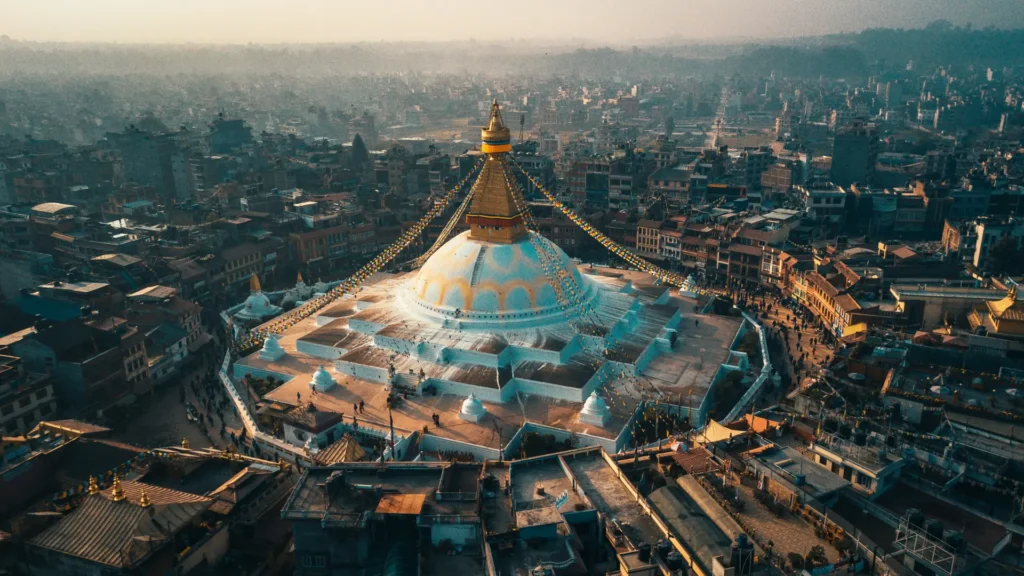
Table of Contents
Nepal Is Country of Timeless Beauty
When people say “Nepal is beautiful,” they aren’t exaggerating. The sheer diversity of landscapes within this small nation is staggering. Within a day’s journey, you can move from snow-capped mountains to lush jungles, from quiet villages to vibrant city squares.
The Himalayas – Roof of the World
One of the most iconic reasons why travelers like you are drawn to Nepal is, without doubt, the Himalayas. This majestic range stretches across the northern boundary of the country, with peaks that scrape the heavens.
- Mount Everest (Sagarmatha): At 8,848 meters, Everest isn’t just the tallest mountain in the world—it’s also the dream of trekkers and climbers alike. Even if you don’t plan to summit, trekking to Everest Base Camp offers you the chance to witness its grandeur up close.
- Annapurna Range: Known for its accessible trekking routes, Annapurna allows you to experience mountain life while passing through villages that preserve old traditions.
- Langtang Valley: Often called the “valley of glaciers,” it provides a quieter, less crowded alternative for trekkers seeking both beauty and solitude.
What makes these mountains unforgettable isn’t just their height but their ability to connect you to something greater. Standing in their shadow, you’re reminded of both your smallness and your strength.
Breathtaking Natural Wonders
Beyond the Himalayas, Nepal offers a wealth of natural beauty that constantly shifts as you explore different regions.
- Lakes:
- Phewa Lake (Pokhara): Perfect for boating while gazing at the reflection of Machhapuchhre (Fishtail Mountain).
- Rara Lake: Tucked away in the remote northwest, this is Nepal’s largest lake and a place of serene isolation.
- Tilicho Lake: One of the highest-altitude lakes in the world, offering jaw-dropping scenery.
- National Parks:
- Chitwan National Park: A UNESCO World Heritage Site where you can encounter Bengal tigers, one-horned rhinos, and elephants.
- Sagarmatha National Park: Home to Everest and rich in both biodiversity and Sherpa culture.
- Wildlife Diversity: Nepal is country where snow leopards roam the high mountains and crocodiles bask along the riverbanks of the Terai. Birdwatchers find it a paradise, with over 850 species recorded.
Table: Top Natural Attractions in Nepal
| Attraction | Location | Highlight |
|---|---|---|
| Mount Everest | Solukhumbu | Highest peak in the world |
| Chitwan National Park | Terai region | Tigers, rhinos, elephants, UNESCO site |
| Rara Lake | Mugu | Nepal’s largest, remote alpine lake |
| Tilicho Lake | Annapurna area | One of the world’s highest lakes |
| Langtang Valley | Rasuwa | Glaciers, forests, and quiet trekking |
When you look at this variety, it becomes clear why Nepal is country of timeless beauty. Every landscape feels like a painting brought to life, and no two days feel the same when you travel across it.
Nepal Is Country of Rich Culture and Traditions
You can’t truly understand Nepal without immersing yourself in its cultural soul. The country is like a living museum where every festival, temple, and tradition tells a story. As you walk through the bustling streets of Kathmandu or the serene courtyards of Bhaktapur, you’ll feel history and spirituality woven into daily life.
Spirituality and Religion
Nepal is country where Hinduism and Buddhism not only coexist but also influence one another in unique ways. This harmony is reflected in the architecture, rituals, and even the daily routines of the people.
- Pashupatinath Temple (Kathmandu): One of the most sacred Hindu shrines, where pilgrims from around the world gather to pay respect to Lord Shiva.
- Swayambhunath (Monkey Temple): Perched on a hill, it offers panoramic views of Kathmandu along with Buddhist prayers flags fluttering in the wind.
- Lumbini: The birthplace of Lord Buddha, a UNESCO World Heritage Site, and a profound pilgrimage destination.
When you visit these sites, you’re not just sightseeing—you’re stepping into places that have carried spiritual meaning for thousands of years.
Festivals and Celebrations
Nepal is country that never runs out of reasons to celebrate. Its calendar is filled with colorful festivals that bring together families, friends, and entire communities.
- Dashain: The biggest Hindu festival, celebrating the victory of good over evil. Families reunite, elders give blessings, and homes are decorated.
- Tihar (Festival of Lights): Known as the Nepali version of Diwali, where houses glow with oil lamps, and animals like dogs and cows are honored.
- Holi: The festival of colors where you’ll find yourself covered in vibrant powders, laughing and dancing with strangers who feel like friends.
- Buddha Jayanti: Celebrated at Lumbini and beyond, honoring the birth of the Buddha.
Being part of these festivals makes you feel like you belong, even as a visitor.
Art, Crafts, and Architecture
Every corner of Nepal showcases its artistry.
- Woodcarvings and Metalwork: Doorways, windows, and statues in Kathmandu Valley show intricate designs that have survived centuries.
- Thangka Paintings: Spiritual artworks that depict Buddhist deities and teachings, often used for meditation.
- Heritage Squares: Kathmandu Durbar Square, Bhaktapur, and Patan—all UNESCO sites—display temples, palaces, and courtyards that leave you in awe.
It’s not just about what you see; it’s about the feeling of being surrounded by living history.
Nepal Is Country of Adventure and Outdoor Thrills
If your heart beats for adventure, Nepal is country that won’t disappoint. Beyond its cultural depth, it’s a playground for adrenaline-seekers.
Trekking and Hiking Adventures
Trekking is perhaps the most famous activity in Nepal, and for good reason.
- Everest Base Camp Trek: Walk in the footsteps of legendary climbers while enjoying breathtaking views of the world’s tallest mountain.
- Annapurna Circuit: A diverse trail that takes you through rice paddies, alpine forests, and high mountain passes.
- Ghorepani Poon Hill Trek: A shorter trek with unforgettable sunrise views over the Himalayas.
Each trail is unique, and you don’t need to be a professional mountaineer to enjoy them.
Beyond Trekking
If you want thrills beyond hiking, Nepal has plenty more to offer.
- Paragliding in Pokhara: Soar above Phewa Lake with views of the Annapurna range.
- White-Water Rafting: Ride the rapids of rivers like Trishuli and Bhote Koshi.
- Jungle Safaris in Chitwan: Explore grasslands and spot rhinos, elephants, and maybe even a tiger.
Table: Popular Adventure Activities in Nepal
| Activity | Location | Best Season |
|---|---|---|
| Trekking (EBC) | Khumbu region | March–May, Sept–Nov |
| Annapurna Circuit | Annapurna area | March–May, Sept–Nov |
| Paragliding | Pokhara | All year |
| Rafting | Trishuli River | Sept–Nov |
| Jungle Safari | Chitwan | Oct–March |
Adventure in Nepal isn’t just about the thrill. It’s about pushing your limits and discovering new strengths within yourself.
Nepal Is Country of Hospitality and Warmth
When you travel, landscapes may catch your eyes, but it’s the people who capture your heart. Nepal is country where hospitality isn’t just a gesture—it’s a way of life.
The People of Nepal
You’ll quickly notice how Nepalis treat strangers like family. Whether you’re trekking through remote villages or walking through city streets, you’re likely to hear friendly greetings and see welcoming smiles.
- Guides and Porters: These unsung heroes of the mountains don’t just help you reach your destination—they share stories, songs, and traditions along the way.
- Local Families: Homestays in rural areas allow you to experience authentic Nepali life, from farming routines to evening conversations by the fire.
- Urban Encounters: In Kathmandu or Pokhara, you’ll find shopkeepers eager to offer tea and tourists quickly becoming friends.
This warmth is why so many travelers return again and again.
Cuisine and Flavors
Food is another window into the soul of Nepal. Each dish carries cultural meaning and tells you something about the region it comes from.
- Dal Bhat: The national staple—steamed rice with lentil soup and side curries. You’ll hear the phrase, “Dal Bhat power, 24 hour!” and soon understand why.
- Momos: Juicy dumplings filled with meat or vegetables, often served with a spicy dipping sauce.
- Sel Roti: A ring-shaped rice bread, crispy on the outside and soft on the inside, often enjoyed during festivals.
- Newari Cuisine: Unique to the Kathmandu Valley, featuring delicacies like Bara (lentil patties) and Choila (spiced grilled meat).
Table: Must-Try Nepali Foods
| Dish | Description | Where to Try |
|---|---|---|
| Dal Bhat | Rice with lentil soup & curries | Everywhere in Nepal |
| Momos | Nepali dumplings, veg or meat | Kathmandu, Pokhara |
| Sel Roti | Sweet rice bread | Festivals, markets |
| Choila | Spiced grilled meat, Newari style | Kathmandu Valley |
Eating in Nepal isn’t just about flavors—it’s about connection. Meals are often shared, and you’ll feel a sense of belonging at every table.
Practical Travel Tips for Visiting Nepal
To truly enjoy your trip, you’ll want to plan ahead. Here’s what you need to know before booking your flight.
Best Time to Visit Nepal
- Spring (March–May): Rhododendrons bloom, making treks colorful and lively.
- Autumn (Sept–Nov): Clear skies and comfortable temperatures—ideal for trekking.
- Winter (Dec–Feb): Great for cultural exploration in cities, though high passes may be snow-covered.
- Summer (June–Aug): Monsoon season brings lush greenery but heavy rainfall in some regions.
Travel Essentials
- Visa: Available on arrival for most nationalities, but check requirements before traveling.
- Currency: Nepalese Rupee (NPR). Cash is king in rural areas, though ATMs are common in cities.
- Internet: Local SIM cards are inexpensive, and most towns have reliable Wi-Fi.
- Packing Tips: Comfortable trekking shoes, layered clothing, and a reusable water bottle.
Safety and Etiquette
- Respect Local Customs: Dress modestly when visiting temples, and remove shoes before entering sacred places.
- Trekking Safety: Always acclimatize properly to avoid altitude sickness. Consider hiring a guide if you’re trekking remote routes.
- Health Precautions: Stay hydrated, use purification tablets for drinking water, and carry basic medicines.
Traveling smart allows you to relax and truly appreciate what Nepal has to offer.
Conclusion:
By now, you’ve discovered why Nepal is country of wonders—a place where the world’s tallest peaks meet deep-rooted spirituality, where every meal feels like a family gathering, and where adventure waits around every corner.
In Nepal, you don’t just see landscapes—you feel them. You don’t just taste food—you share it. You don’t just meet people—you build friendships that last long after you’ve left. Whether you’re here for the mountains, the culture, the festivals, or the warm-hearted people, Nepal wraps you in an experience that’s both humbling and uplifting.
FAQ : Nepal Is Country You Need to Know About
Is Nepal safe for tourists?
Yes, Nepal is generally safe for visitors. Petty theft can happen in crowded places, but serious crime is rare. If you trek, hire a guide or join a group for added safety.
What is Nepal famous for?
Nepal is country world-renowned for Mount Everest, breathtaking trekking trails, the birthplace of Buddha, and its rich cultural heritage. It’s also famous for festivals, momos, and the warmth of its people.
Is Nepal expensive to travel?
Not at all. Nepal is country where your budget stretches far. Street meals cost just a few dollars, guesthouses are affordable, and trekking permits are reasonably priced. Of course, luxury lodges and tours exist if you want comfort, but budget travelers find Nepal one of the best-value destinations in Asia.
Do I need prior trekking experience?
No. Many treks, such as Poon Hill or Langtang Valley, are suitable for beginners. If you’re up for a challenge, more demanding routes like Everest Base Camp or Annapurna Circuit are achievable with basic fitness and proper acclimatization.


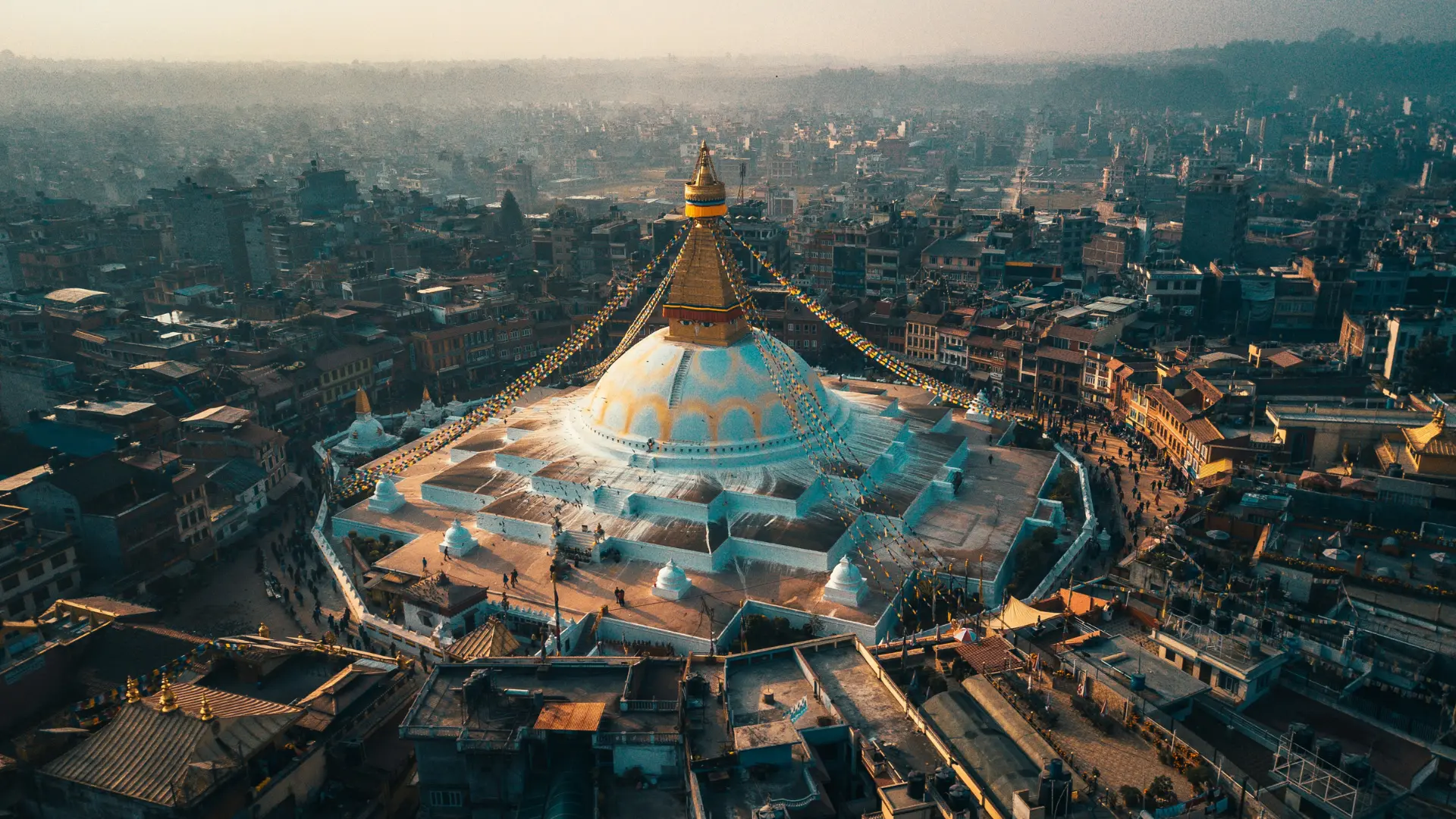

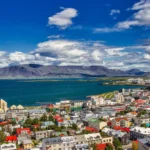
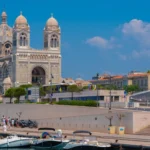
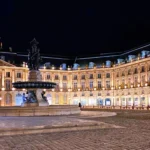
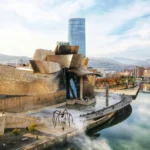
Leave a Reply